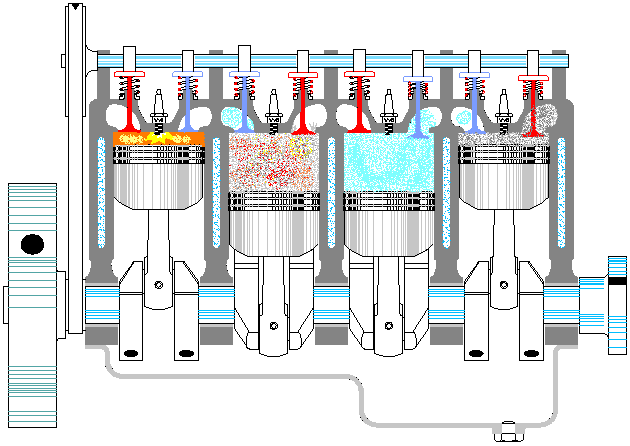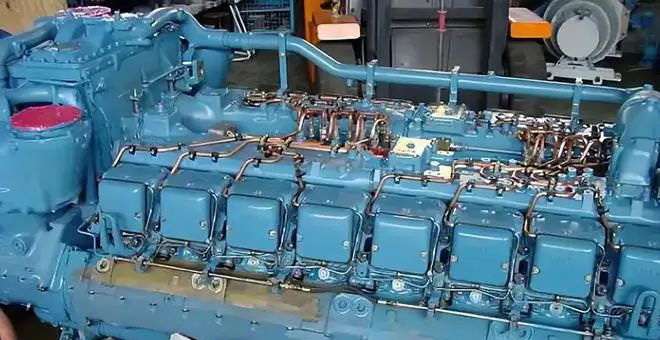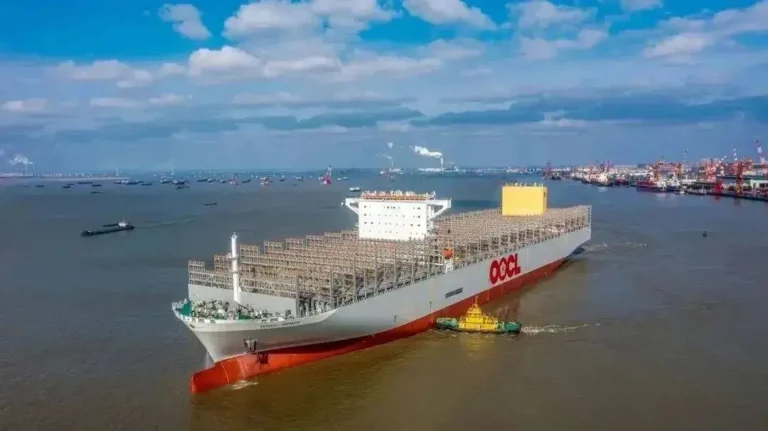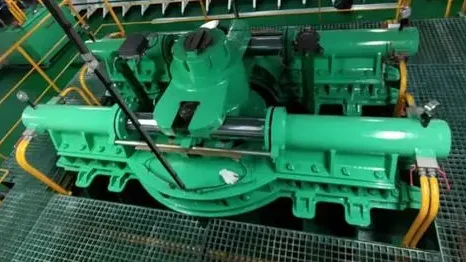Summary: This article mainly analyzes the Cylinder Pulling Fault that occurred during the operation of the MTU396 diesel engine on a certain ship. Through disassembling and inspecting the fault, analyzing the causes, and conducting the troubleshooting process, the fault points were identified. Corresponding troubleshooting measures were taken and tests were carried out. Finally, conclusions were drawn and references were provided.

- Introduction to the MTU396 Diesel Engine: The MTU396 diesel engine was developed by a German company. It has a compact design, small size, high power, and is renowned for its reliability and stability. It can meet the requirements of power plants for ships, railway locomotives, and so on.
- Fault Phenomenon and Disassembly Inspection: After the W5-level extended repair of the No. 2 MTU396 diesel engine on a certain ship, during the quay berthing test at 75% load, abnormal noises were heard, the engine automatically reduced its speed, and a large amount of black smoke was emitted. During the disassembly inspection, it was found that the intake and exhaust valve push rods of cylinder B5 were bent and deformed, and obvious cylinder scuffing occurred in cylinders B5, B6, and A7. The bolts connecting the piston top and the piston skirt were broken, and there were metal debris in the lubricating oil coarse filter.
- Fault Cause Analysis: The causes of cylinder scuffing were analyzed from aspects such as the repair and assembly of diesel engine components, insufficient cooling of the cooling water system, poor operation of the lubricating oil system, and poor operation of the fuel supply system. These included problems with the installation of pistons and cylinder liners, the installation of pistons and piston rings, high cooling water temperature, insufficient lubricating oil quantity, contamination of the lubricating oil system, poor operation of injectors, and incorrect injection advance angles of fuel injection pumps.
- Fault Troubleshooting Process: Inspections were carried out on the repair and assembly of diesel engine components, the cooling water system, the lubricating oil system, and the fuel supply system. Problems such as the fit clearance between pistons and cylinder liners, the installation clearance of piston rings, the installation of connecting rods, insufficient cooling of cylinder liners, piston cooling nozzles, contamination of the main oil passage of the lubricating oil system, and poor atomization of injectors were ruled out. It was determined that the fault was due to the incorrect injection advance angle of the No. 1 fuel injection pump.
- Analysis of the Wear Mechanism of Pistons and Cylinder Liners: Pistons and cylinder liners work in a high-temperature and high-pressure environment and need to form effective liquid lubrication. The wear is mainly caused by the destruction of the lubricating oil film, dry friction on the moving surfaces, the influence of piston thermal deformation on the fit clearance, and the generation of metal particles that exacerbate the wear.
- Fault Troubleshooting Measures and Tests: Measures such as replacing damaged components, checking, repairing, and reinstalling were taken, and the test data met the requirements.
- Conclusion: The cause of this fault was the incorrect injection advance angle of the No. 1 fuel injection pump, which led to cylinder scuffing. Attention should be paid to the correctness of adjusting the injection advance angle of fuel injection pumps.




